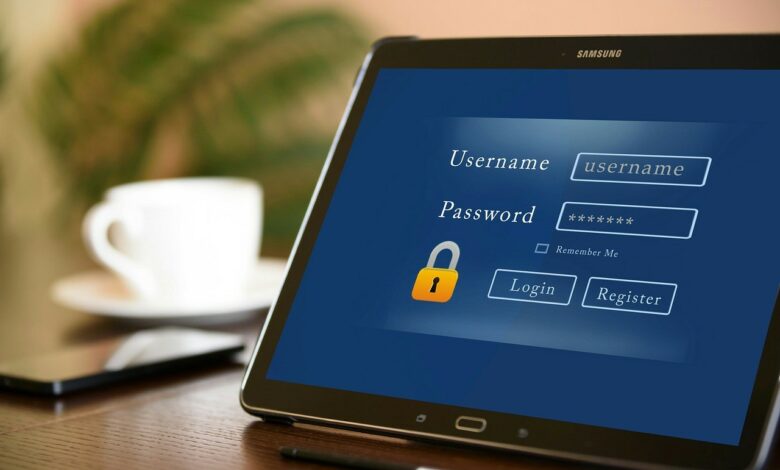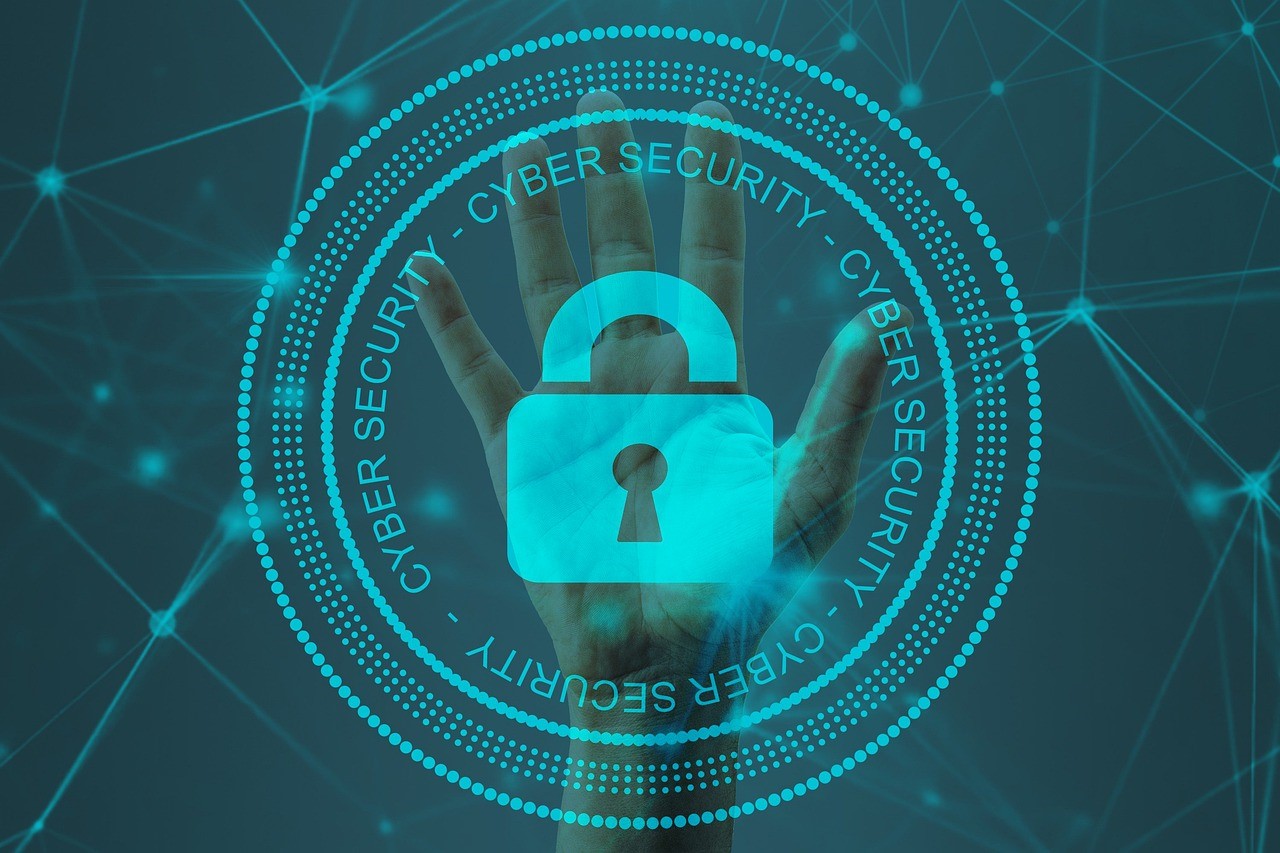The ultimate guide for keeping your passwords secure

Every day, it’s estimated that 2,200 cyberattacks occur. By extension, this means that, on average, more than 800,000 people are hacked each year. Unfortunately, the arrival of the pandemic also meant that cyberattacks occurred more often as people were working from home. Job post scams, for example, became a massive issue for those looking to gain genuine and meaningful employment.
Creating solid and sturdy passwords is one of the best and most basic ways people can protect themselves from malicious third parties in a cyberattack. Unfortunately, this infographic on common passwords in the world shows that many of us fall short when creating great passwords. As creatures of habit, humans tend to create passwords that include common words and personal information because they’re easy to remember.
If you’re trying to get better at creating strong passwords, here are three things to consider:
1. Length
Opt for passwords that are at least 12 characters long. Your password should have a mix of symbols, numbers, and a combination of uppercase and lowercase letters.
2. Uniqueness
Stay away from including common words and personal information in your passwords. You’ll want to avoid using your birth date, your pet’s name, and your name. With a bit of social engineering and stalking, skilled and determined hackers can try to find this information about you and attempt to use it to hack your account.
3. Avoid sequences
Make it more challenging for hackers to crack your password by avoiding sequential letters and numbers. This means you’ll want to avoid “qwerty,” “12345”, “asdfghjk,” and more. Some variations of these sequences are commonly used by many in their passwords.
While most of us know the importance of keeping our passwords safe, not all of us are equipped with the right tools to handle our passwords. Some of us don’t observe good password hygiene either.

Before you write your passwords down on a piece of paper or store it on an app on your phone, here are some tips on better protecting your credentials.
1. Use a password manager
Password managers are handy tools that take the hassle out of memorizing a slew of different passwords. Once you’ve signed up for one, all you have to do is remember a single master password to unlock a vault of all your credentials. Password managers store all your passwords in an encrypted vault. Some premium managers have intelligent organizational features that let you categorize your different passwords. Most managers also have a password generator that churns out passwords based on your requirements.
2. Steer clear of sharing your passwords
We’re all guilty of sharing passwords with friends and family on occasions. For most of us, sharing access to streaming sites and other entertainment portals is something we do without really thinking too hard about it. However, it’s not always safe to do that.
3. Always log in from secure and trusted networks
If you’re the sort that loves working out of co-working spaces, cafes, and bars, you might want to be extra careful about the Wi-Fi networks you utilize. These establishments have network connections that are easy for people to tap on most of the time, so they’ll be more inclined to work out of there. However, this also means that their networks are usually not encrypted and are prone to man-in-the-middle attacks.
These attacks involve a hacker intercepting your computer and the Wi-Fi connection. By intercepting, hackers can extract personal information about you, credit card information, and implant spyware that tracks your activity. Hackers can inject malware into your computer or other connected devices in the worst-case scenario.
While it might seem really daunting, protecting your passwords and other personal information doesn’t always have to be complicated. With our tips and tricks, you’re one step closer to protecting your online privacy and passwords.